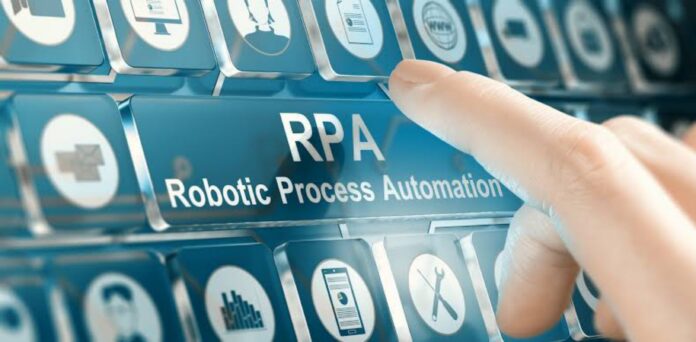As the unexplored savior of the COVID-19 pandemic, robotic process automation has taken care of business behind the scenes. Robots are helping lenders process loans and hospitals conduct coronavirus tests, showing that RPA can help fix the world’s challenges without the need for attention or praise. It is not shocking that the adoption of RPA is rapidly growing.
RPA assists the hospitals to process COVID tests faster:
Rapidly shifting its focus on the hybrid environment from day one, UiPath was able to turn to remote operations without blinking. The way we function was not influenced by COVID itself, mentioned Dines, host of the CUBE.
Instead of dwelling on its change, UiPath helped others navigate through the risks associated during the pandemic. By introducing RPA in hospitals, UiPath increased the processing times for COVID research and reduced the stress of hospital personnel, enabling them to concentrate on patients instead of on paperwork. In one case, the company managed to save every nurse two hours a day, Dines added.
Automation has not been adopted as rapidly as some other less expensive technology advancements. But this is evolving as executives realize how RPA can help to restore damages suffered during the pandemic.
Data from the software industry observer Business Technology Analysis confirms the case for post-COVID RPA. If a consumer has experienced the benefits of RPA and automation and knows what is the potential of RPA for their company, they might be going to double that, particularly at a time when sales may be under pressure.
In July, UiPath raised $225 million in late-stage capital, raising its value to more than $10 billion. The company has more than 60 clients at a million-plus spending pace, 800-plus spending more than $100,000, and a stable net growth rate of up to 140 percent over many quarters.
Now 15 years old, the company has switched from selling products to a fuller site. The strength of the network, in this particular case, comes from the incorporation of all components, Dines mentioned. Instead of purchasing 20 different goods, different license deals, maintainers, and departments to help them, the business has just got to do it.
Five years from now, recruiting people to transfer data from one device to another would be an outdated idea, Dines projected. “I hope it is a thing of the past”, he added. It is a thing of the past as well as plowing the fields.

